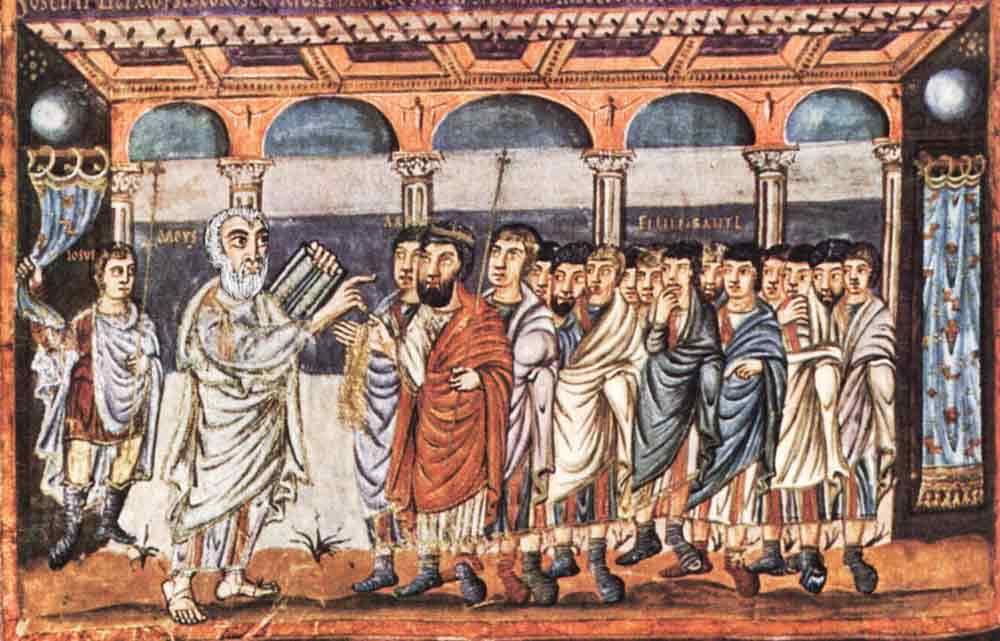Arts and culture reflect the image of a nation. They also represent the nature and the feelings of its people. The works and forms of arts created in a country through various periods help understand the proclivity of the masses in those times.
Israel is primarily a Jewish state. It was because of Judaism that the Israelites came together and settled in the land of Palestine. Naturally, the Israeli culture revolves around the tenets of Judaism. However, most of the Israelis have emigrated from various parts of the world. They have spent generations living in more than 70 countries from which they have come to Israel. Thus, they had in them the local cultures, customs and traditions in which they had grown up. They brought along these traits when they emigrated to Israel.
For example, the Ashkenazi Jews (from Eastern Europe), the Sephardi Jews (from Spain, Portugal), the Mizrahi Jews (from the Middle East and North Africa), the Russian Jews, the Ethiopian Jews, the Baghdadi Jews or the Iraqi Jews, etc. – all are Jews fundamentally. Yet along with the Jewish principles and tenets, they also follow the customs and traditions of the regions they came from. As one would expect, these customs and traditions intermingled.
The mixing of cultures is what the first Prime Minister of Israel, David Ben-Gurion referred to as the ‘Melting Pot Approach’. When we cook many ingredients together in a vessel, they intermix with each other. Their individual existence ceases as they all blend to form one homogenous item. The newly made stuff generally has the taste, aroma and other characteristics of all the contents used. But it also goes on to have its own individuality, which is distinct from its constituents.
Ben-Gurion expected a similar ‘Melting Pot culture’ from all the Jews who had emigrated from all corners of the world to newborn Israel. It would have ensured an end to all the differentiations like the Jews who emigrated to Israel during the early Aliyahs, those who emigrated to Israel in the later Aliyahs, the ones living in Israel since ancient times, the immigrant Jews, etc.
The native language plays a very important role in the culture of any place. The ‘Hebrew’ language served as an instrument to limit the differences between the Jews who had come from diverse backgrounds. In Israel, Hebrew is spoken predominantly, and it is also the national language of the state. As a result, all government affairs take place in Hebrew. It has contributed greatly towards assimilating and homogenizing the Israeli society. However, the Arabs in Israel speak Arabic. Along with Hebrew, English is also taught in the schools, and it is the main foreign language spoken in Israel. Besides Hebrew, the Jews who emigrated, also converse within themselves in the languages native to the land they came from. Apart from Hebrew, Arabic and English, about 80 other languages are spoken in Israel.

Apart from the Hebrew language, the other two factors that contributed towards the assimilation and homogenization of the Israeli society are the education system in Israel and the Israel Defense Forces or the IDF. Firstly, the Israeli education system was regularized by enacting laws. Therewithal, ‘military conscription’ of 3 years is mandatory for every Jewish citizen. These two systems helped foster mutual exchanges between the Jewish children who came from diverse backgrounds. It helped in making them ‘Israeli’.75% of the Israeli population is Jewish while the Muslims constitute 17% and other religions make up the rest of 8%. However, the official public holidays for various festivals and celebrations are as per the Jewish Calendar. The holidays of Passover, Shavuot and Sukkot are those who hold religious, historical and agricultural importance.
The social life of the Israelis is centred around the ‘family institution’, and the society is family-oriented. As a result, the concept of ‘nuclear family’, entrenched in the ‘Western culture’ is yet to find real traction in Israel. An Israeli family generally constitutes husband and wife and their unmarried and married children, their parents, as also the domestic help. Besides, there are many examples where the family members of the domestic help also stay in the same houses. The homes where two or three generations stay together could even house 50 to 100 family members.

In newborn Israel, the Israeli stalwarts took special efforts to develop the field of arts. The ‘Bezalel Academy of Arts and Design’ was established and took shape with the efforts of Prof. Boris Schatz, who had emigrated from Bulgaria. The academy produced male and female artists and artisans in the fields of painting, sculpture, dance, drama, music and many other art forms. Later, many of them went on to gain international acclaim. Today, Bezalel is among the most recognized art schools in the world. The Bezalel Academy has given birth to the first generation of Israeli artists in diverse fields, and still, it continues to do so. Though the Israeli artists were trained at such academies, the artistic influence of the regions from where they emigrated reflected in their art forms. For example, the jewellery designed by a Yemenite Jew would radiate Yemeni character. Likewise, the embroidery work of a Jew who had emigrated from Eastern Europe had East European traits.
Moreover, many Israeli artists and art groups became famous in the fields of drama, music and dance. The programs held by ‘Israel Philharmonic Orchestra’ draw huge crowds across Israel. They also undertake tours to various parts of the world. Likewise, the Habima Theatrical Company, which took birth in the Soviet Union and presented plays in Hebrew, gained a lot of popularity after shifting base to Israel.

Later, the artists of the new generation disagreed with the principles and ideology of the academy and the theatrical company. In the times that followed, it resulted in the creation of many art academies, drama companies or art institutes imparting training also in the other forms of arts. However, various biblical references and several mentions to the ‘Promised Land’ and the hardships, agony and neglect faced everywhere by the Jews peeked in all the art forms of any Israeli artist trained during this time; may he be from whatever field or irrespective to the institute of training.

The efforts put by the protagonists of Israel to maintain its existence and also to progress as a society succeeded certainly. It developed a love for arts in the minds of the generations that followed. Further, the ‘Melting Pot Approach’ gave a rich diversity to all the art forms. Israel always harboured various arts, and it led to the creation of hundreds of artists. More than 200 museums and numerous art galleries spread across Israel, and the exhibitions on various topics that they host throughout the year which regularly draw large crowds, highlight this fact. (To be continued…)


















